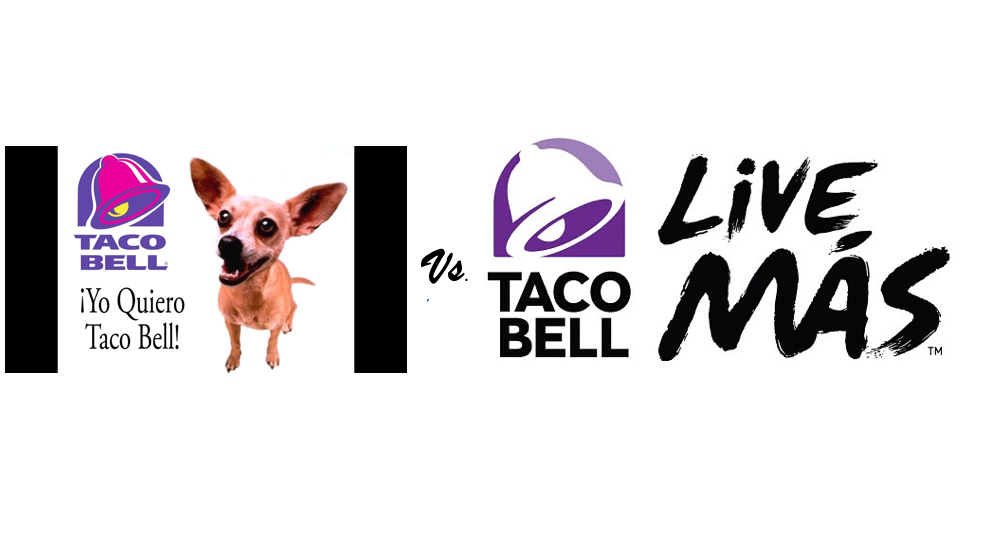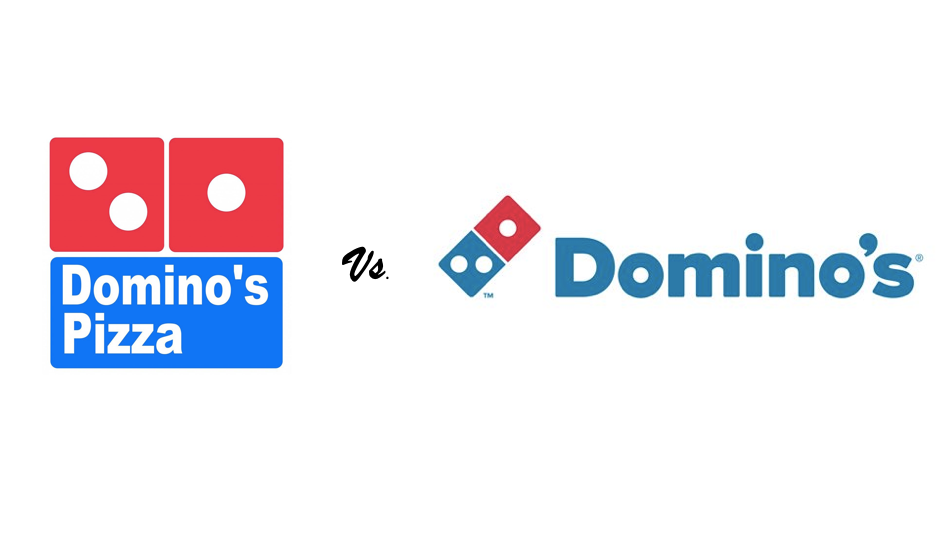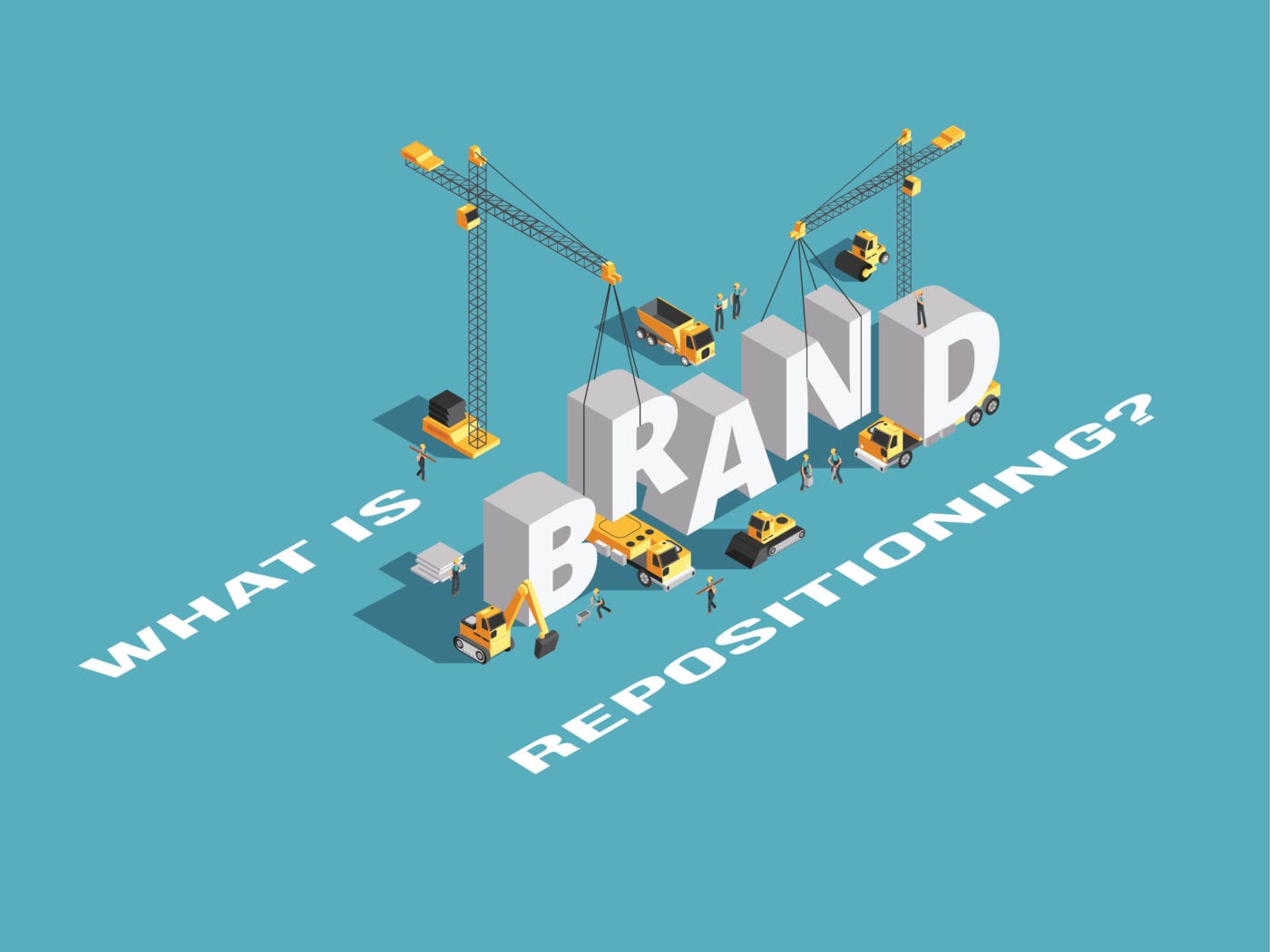By now, everyone is familiar with the concept of branding. Its “old school” definition “an identifying mark burned onto something or someone with a branding iron” more or less describes that modern meaning–albeit in a more depressing and sinister way. Your brand is how your company and products are identified by customers. From the logo of your company to your messaging to the products and customer service that you provide and the social stances that you take–all of those things are part of your company’s brand and all of these elements go into creating your brand identity.
But, like most things, evolution is not an option, it’s a requirement for survival. For your brand to survive in a thriving, increasingly global, and crazily competitive marketplace, your brand needs to be able to evolve. We’re not talking a knock-down, drag-out razing of your brand until it’s reduced to rubble–we’re talking about tweaks, modifications, and upgrades that let your brand grow. And it’s in the sweet spot between your old brand and a total rebrand that brand repositioning comes in.
What is Brand Repositioning?
Brand repositioning occurs when you make changes to what your customers associate with and expect from your brand. When you reposition your brand, you maintain the brand identity that you’ve established but with some tweaks and modifications. Little things like the addition of a secondary or tertiary color palette or big things like a re-imagining of your logo can all fall under the brand repositioning category.
Still not sure what brand repositioning is? Let’s go over a couple of high-profile examples.
Taco Bell

A favorite brand of soccer moms and stoners alike, Taco Bell has been through a lot in the last decade. When it decided to reposition itself from that annoying “Yo Quiero Taco Bell” dog (come on, you know you didn’t like that thing) to “Live mas,” the taco giant changed its messaging and repositioned itself from tired, cheap Mexican food to a fun, meme-centric brand that’s not only changing the way people think about Taco Bell (re: opening high-end restaurants via the Cantina) but also the way the brand is viewed in general. For the brand repositioning, they refreshed their logo, experimented with new menu items (Doritos Locos tacos, dudes), and made their voice and tone one that appeals to their teen and 20-something target market. Notice, tho, that the bell logo remains, the main menu items remain, and Taco Bell is still Taco Bell–it’s just a more modern version of itself.
Domino’s Pizza

Domino’s realized that their pizza had a bad reputation from the significant amount of negative feedback they were getting online and through dismal sales numbers. In order to transform their “garbage pizza” brand into something more magnificent, they repositioned their brand by changing their recipe and basing their marketing campaign around the fact that their pizza was now “new and improved.” They essentially changed their main product, thereby changing the perception that customers had of their brand and they did so in a charming and pretty honest way–they admitted that their pizza was terrible and that they had fixed it. A refreshed logo, updates of their delivery locations and website, and a whole new messaging platform and campaign focus brought Domino’s back from the dead.
So, brand repositioning, in a nutshell–take the great things about your brand, get rid of the things that aren’t working and fill in the gaps with updated perspectives and messaging.
The Difference Between Rebranding and Brand Repositioning
Brand repositioning is about changing the way that customers view your company. This can be done in several ways like changing your messaging, changing your personality, or even changing your product. Rebranding involves changing your brand identity completely, such as by implementing a new logo or changing the name of your company. Rebranding is often done if the company is failing or has experienced bad press. It’s a way for a company to get a fresh start.
When to Consider Repositioning Your Brand
The following are a few reasons why you might want to consider repositioning your brand:
- You want to target a different audience. The audience you were initially targeting may no longer be viable. This can happen for numerous reasons. You may have targeted a specific age group that has grown up and no longer uses your product or service. Perhaps there’s more promise in another audience than the one you are currently targeting. For example, Marlboro cigarettes were used more by women in the 1950s, until they repositioned their brand and introduced the Marlboro Man to their marketing efforts to attract the male audience.
- Your products and services have evolved. Over the years, you may have begun adding new products and services or you may have changed the products and services that you’ve offered. Your brand promise needs to reflect this. For example, Apple had to reposition their brand from being solely a computer manufacturer once they began producing mp3 players and smartphones.
- Your competitors are offering better value. New competitors are going to pop up every year. At some point, you may notice that they are offering better value propositions than you. You may need to change your value proposition to avoid losing customers and to keep up.
- Your sales are trending downwards. One of the most obvious reasons to consider repositioning your brand is if your sales are trending downwards. At this point, a change has to be made to prevent the trend from continuing down.
Establishing your brand and increasing brand awareness is hard work; however, there comes a time where you may need to consider repositioning your brand to help ensure your continued success.
(Psst–if you already know you need to reposition, check out our blog on how to get started on the process here.)
-FINAL(01-00)-White&Blue-01.svg)





